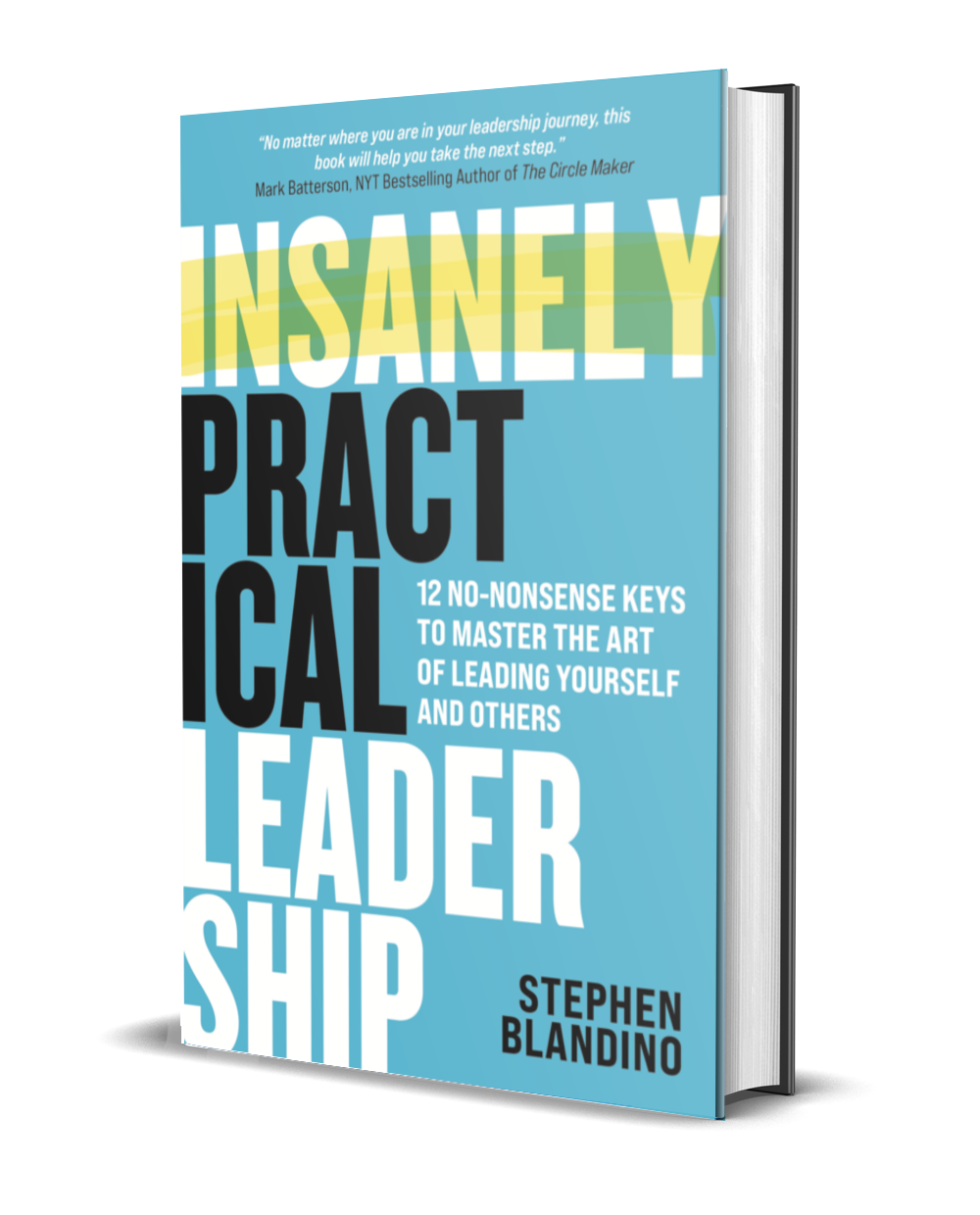Bad Leadership

Stephen Blandino
Pastor | Author | Coach | Podcaster
Leaders today are frustrated by a lack of clarity, ineffective systems, dysfunctional teams, and unhealthy cultures. I speak, coach, and write to help motivated pastors and leaders gain clarity, build high-performing teams, and maximize organizational health.
Grow You and Your Team
Subscribe to Stephen's blog today and get practical and thought-provoking leadership content for you and your team.
THE LEADER FLUENT PODCAST
FREE RESOURCES
FINALLY... LEADERSHIP FOR THE REST OF US
Most of us are not natural-born leaders. Instead, through trial and error, we were left to figure leadership out the hard way. But guess what! You don’t have to be a natural-born leader to be an extremely effective leader. Now, in the latest book by Stephen Blandino, you can move way beyond theory and discover 12 no-nonsense keys to master the art of leading yourself and others. You’ll learn skills like personal growth, time management, decision-making, building influence, leading people, navigating conflict, coaching others, and more. Plus, this book is a fantastic roadmap for developing other leaders.

the ultimate guide to creating team momentum
Building teams isn’t easy. Building team momentum is even harder. This practical 89-page guide provides the roadmap to BUILD A HIGHLY EFFECTIVE, MISSION FOCUSED, & FULLY ENGAGED CHURCH STAFF. Plus, you’ll get access to 25 customizable tools such as a role description, org chart, dozens of interview questions, onboarding checklist, staff meeting template, goal template, annual reviews, healthy teamwork scorecard, & more.




